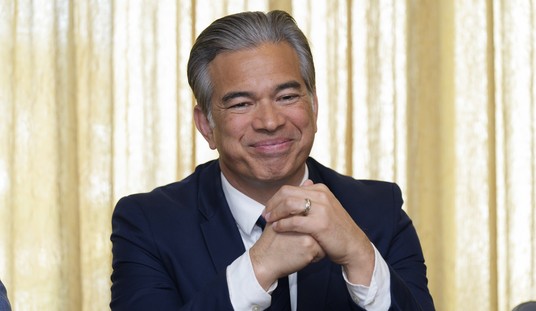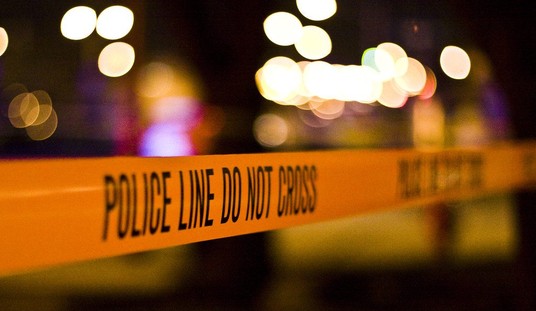The mainstream media have noticed a simple formula for ratings: find an incident where an officer has discharged his weapon in the line of duty, and immediately find an angle to cast doubt on the viability of the shooting.
They’ll quickly hunt down an accomplice, friend, or family member of the victim to conflict with the official account, and from there, gin up controversy. If the dead suspect is unarmed, that’s even better in the eyes of the media, who simply don’t have the training—or the curiosity to learn—that “unarmed” isn’t always known until after then fact, and that unarmed doesn’t mean, “not a lethal force threat.”
The officer-involved shooting of 20-year-old Dillion Taylor in Salt Lake City, Utah, is a textbook example of a completely justified shooting of an unarmed person that was driven entirely by the suspects actions. What is still relatively rare about Dillion Taylor’s death is that the entire incident was captured on the firing officer’s body camera. The camera shows that Dillion Taylor refused to comply with a pair of officers who responded to a “man with a gun” call, hid his hands in his waistband under his shirt, and made a sudden movement that looked like an attempt to draw and fire a weapon.
We have two versions of the video to show you.
The first, below, is the real-time events from the officer’s camera as they happened.
Salt Lake County District Attorney Sim Gill used the same footage from the officer’s body camera and provided a rare frame-by-frame analysis of what happened, and explained why this was a justified shooting in the eyes of the law.
The prosecutor, unfortunately, isn’t a gun guy, and doesn’t understand how this appears to a trained shooter like you and I and these officers.
Here’s my analysis of the film, pulling directly from the officer’s body camera.
Dillion Taylor was one of three men identified by a 911 caller as someone who “flashed a gun” at him. The caller had a good description of the three men, including what they were wearing and their locations. This information made it very easy for the responding officers to identify the men, and perform a stop.
When the officers arrived in separate vehicles with their lights flashing, two of the three men were immediately compliant and put their hands up. Dillion Taylor was not complaint, and immediately began walking away, his hands at his sides. This, of course, immediately drew the attention of the officers, two of whom began approaching Taylor. One approached from Taylor’s right, and the other officer, Bron Cruz, followed from directly behind Taylor. Their weapons are raised at a classic “low ready,” where they can bring their weapons up and fire if they see a deadly force threat, and they maintained about a 5-7 yard stand-off distance from Taylor.
The officers continue issuing commands and keep their relative positions as Taylor continues to ignore them and keeps walking away.
[article continues on next page]
Taylor then makes the (incredibly stupid) decision to thrust his hands in his pants under his shirt, which any reasonable person would interpret as the officers did; a possible attempt to put his hands on a weapon.
Here’s the screen capture of that moment from Officer Cruz’s body camera.

Just a few second later, Taylor then turns to square up with the trailing Officer Cruz, his hands inside his pants. Trained shooters attempt to square up with their targets before firing on them if at all possible; Taylor’s decision to square up with Officer Cruz further escalates the situation and identifies him as a clear threat.

Taylor continues to ignore police commands, despite the weapons now clearly pointed at him, and the escalating commands from the police. This situation had become critical, all because of Taylor’s refusal to listen.
Taylor is still backing away from officers when the officers continue to shout, “Show us your hands!”
Taylor reacts by shouting back, “No, fool!”
He then inexplicably and quickly rips his shirt up, the exact movement you would expect from a man attempting to move a garment up and out of the way so that he can draw a gun.

Shocking no one with any training whatsoever, Officer Cruz opens fire in a classic “hammer”—two quick shots based off of the initial sight picture—to the chest.

The reason Officer Bron Cruz shot Dillion Taylor could not be more obvious.
It was a textbook response to the sort of training that every law enforcement officer undergoes, and even the shot placement is as expected for this sort of situation. The first shot struck the chest, the rapid re-engagement of the trigger for the second shot in a “hammer” tends to pull the second shot low.
One person, and one person only, is responsible for the death of Dillion Taylor. That responsible person is Dillion Taylor.
While we can’t be sure why Taylor acted the way he did, his final two Facebook posts suggest that he was very depressed.









Join the conversation as a VIP Member